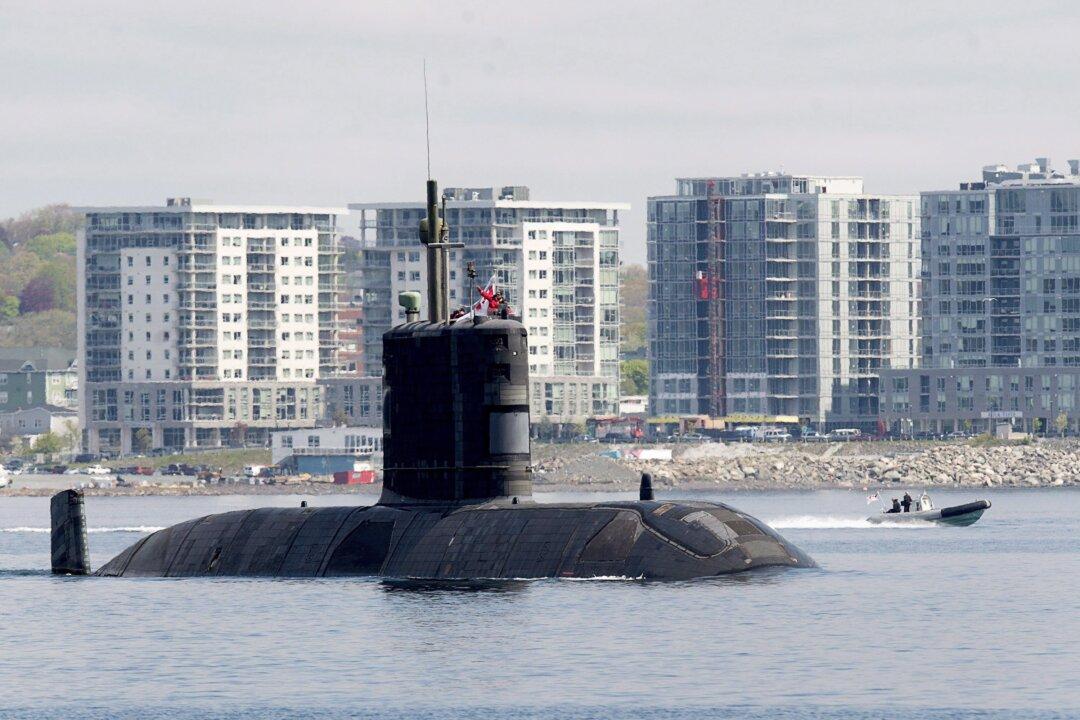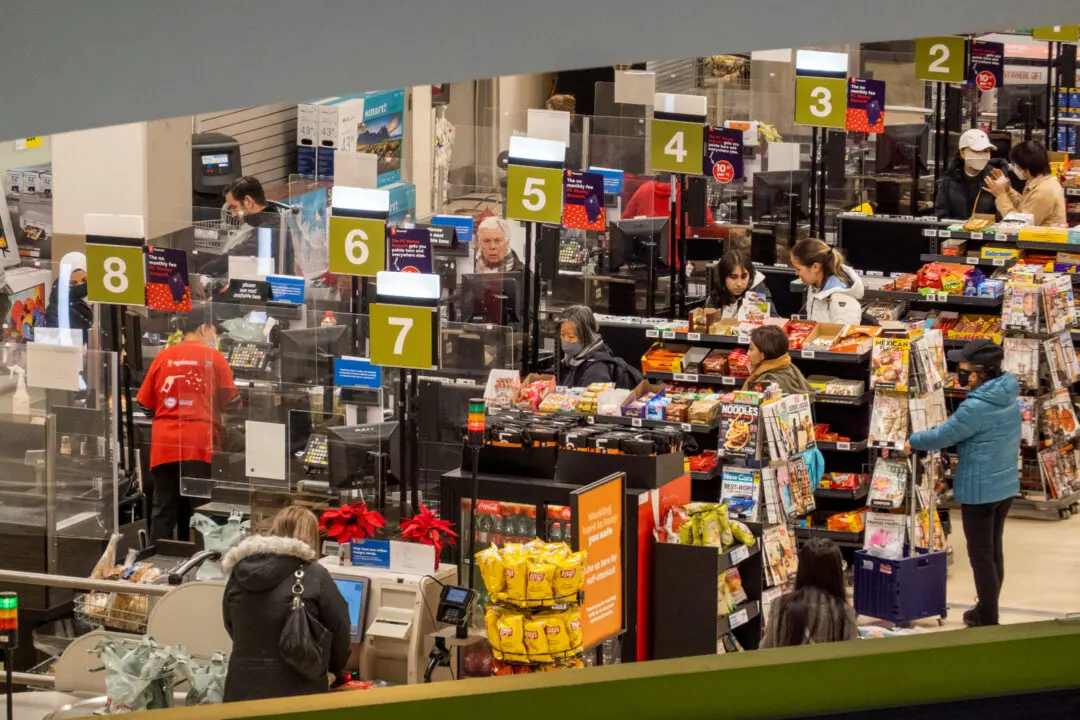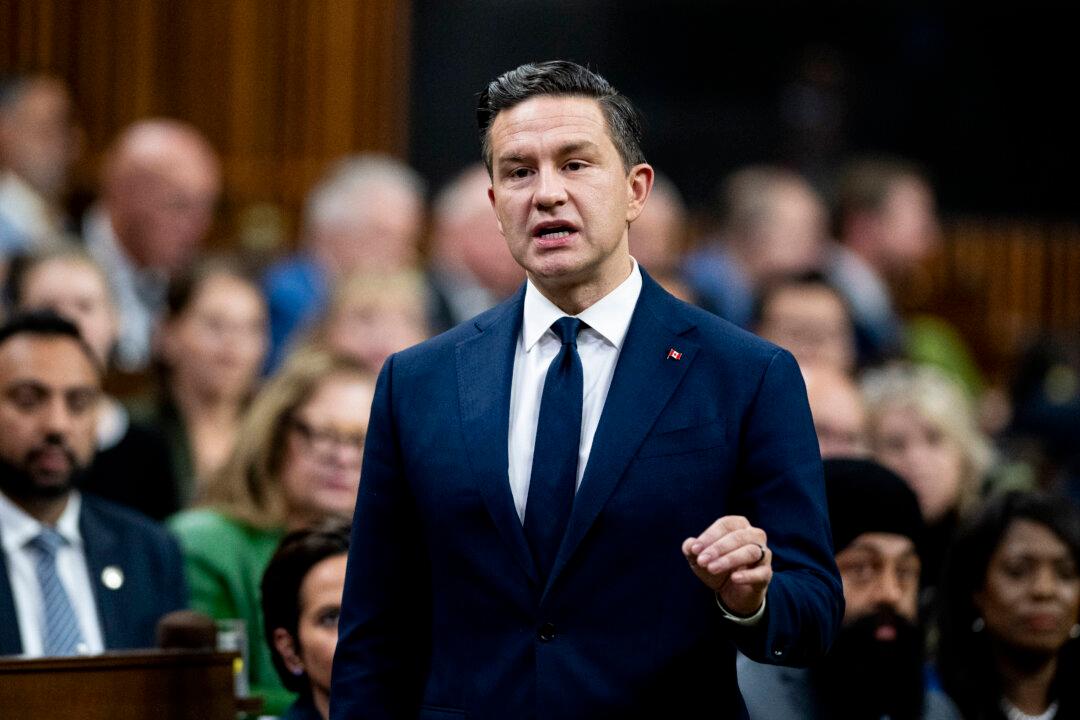Ottawa has begun the official process to procure as many as 12 new submarines as part of its bid to ramp up defence capabilities in the Arctic while increasing its NATO defence spending.
A request for information (RFI) to industry stakeholders was issued by the federal government this week on its tendering website, marking the first phase in the process of replacing the navy’s aging Victoria-class submarines.





